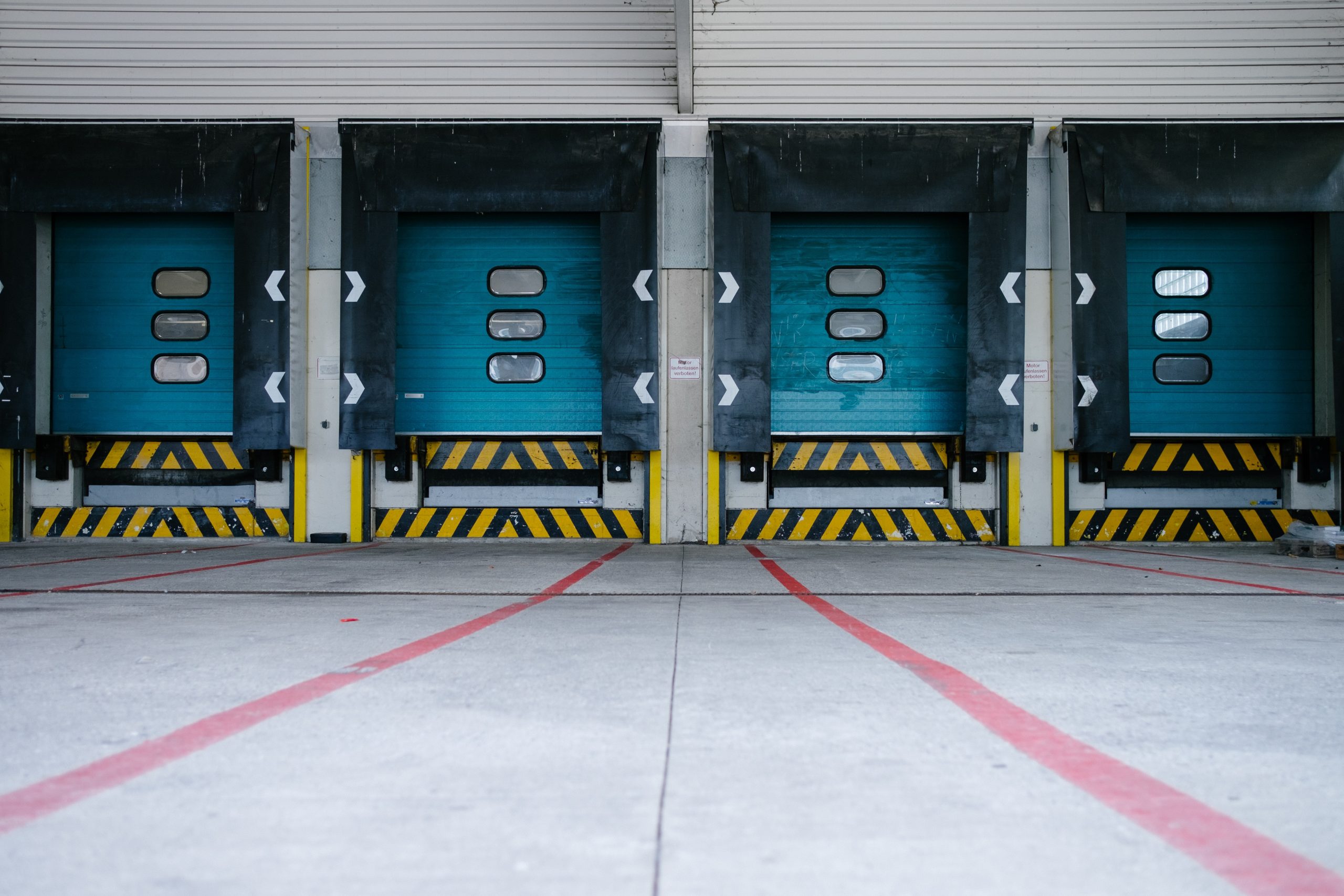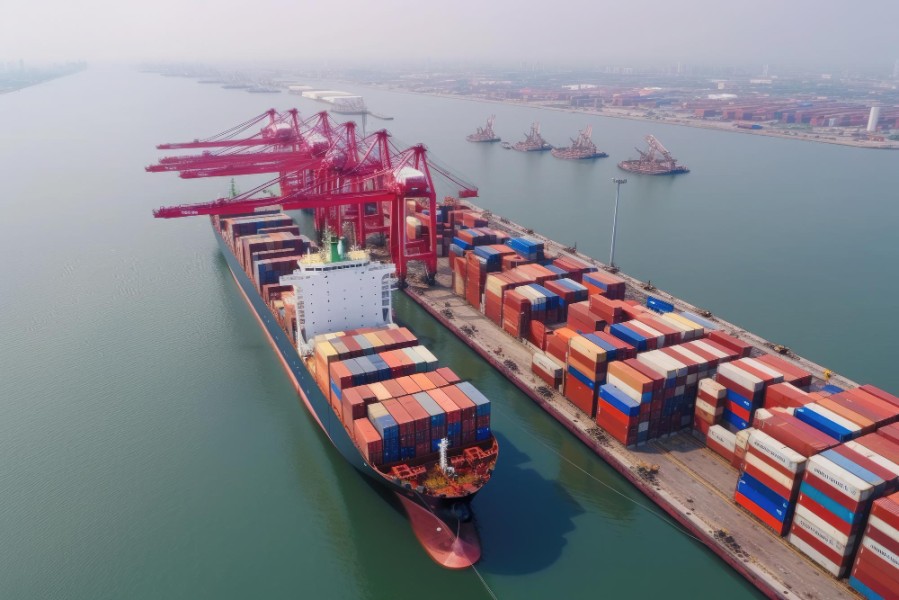

So, can these self–flying drones be a severe business opportunity with a sustainable business model? Some developments are pointing to this situation.
Although personal use of drones is still not very common, Supply Chain and Logistics companies have been using drones for many years. For example, the Swiss Port saved a significant amount of time by transporting laboratory samples between two hospitals via Matterner Drones in Lugano, Switzerland, in 2015. More than 70 similar test flights have been made, and more are planned shortly. Swiss Port has not yet fully launched this service to the market but aims to open it before the end of 2018.
There are many more examples where we see the impact of Drones on the Supply Chain. For instance, in 2016, the leading logistics company DHL Parcel completed the tests of the third generation version of the drones, named Parcelcopter. In other words, the idea of making deliveries with Drones is no longer just an advanced technology that we will encounter in the future but has become one of the realities of today. This technology is beneficial when packages need to be received or delivered from locations where transportation is difficult.
In addition to the logistics sector, Drones are preparing to play an essential role in other Supply Chain Operations such as Inventory Management. In Inventory Management processes that require a significant amount of time, labor, energy, and budget, Drones control and monitor the stocks in the warehouse and contribute to the improvement of these processes. Drones can scan barcodes with their technology and instantly transmit this data to the warehouse management system. Here, we can say that Drones have already started to provide clear benefits such as improved resource and workforce use, increased security, and accurate and efficient execution of tracking and monitoring processes.
The use of Drones by Supply Chain Companies will increase in the coming years. New applications of Drone Technology will present many opportunities for Supply Chain Companies to automate further and optimize their operations, increasing their efficiency and profitability.
Last – Step Delivery

Efficiency in Last–Step Delivery depends on many factors, such as customer density, delivery time window width, shipment size and homogeneity, and traffic congestion. These factors also make planning challenging.
In addition, especially in urban areas. At this point, speedy and frequent delivery becomes essential.
Drones are used within the scope of humanitarian logistics and disaster logistics because it saves time compared to traditional vehicles in the Last–Step Logistics, where the needed materials are delivered to those in need. It is widely used in many activities such as mapping in emergencies, reaching the hard–to–reach areas (such as mountains forests), damage assessment, cargo delivery, search and rescue, fire detection, image collection, monitoring, road planning. They are also a solution in the urgent delivery of needs, emergencies, and time–sensitive tasks such as crossing rugged terrains, crossing closed roads, crossing unusable bridges. Similarly, it is also used to deliver vaccines or essential drugs to certain areas. In addition, it provides conveniences such as going to hard–to–reach or dangerous places, reducing labor, and not needing vehicles with high maintenance costs.
Last – Step Delivery and Drone Use
Increasing urbanization, changing consumer behaviors, the rapid growth of omnichannel retailing, and greater emphasis on sustainability have also increased the importance of Last–Step Logistics. As the change in customer needs increases, features such as speed and flexibility in Last–Step Delivery have become an expectation rather than a “good–to–have” situation.

The use of Drones increases the accessibility of regions, takes the traffic from the highway, and directs it to the sky.
In online retailing, where delivery in a short time and time window is essential, the customer’s expectation of free delivery necessitates that the seller or the transport company cover these costs. For this reason, it is necessary to implement new technologies and improve processes.
Advantages of Drones
Instead of the static one–way path in conventional vehicles, Drones have the flexibility to move in three dimensions. For this reason, it can carry on a route like a line, shortening the time and distance between two points.
It does not get into traffic jams and does not encounter obstacles, allowing it to go generally at a constant average speed and without stopping. For this reason, drones provide an irreplaceable “access” facility on closed or heavily trafficked roads and in hard–to–reach areas.
The use of drones in Last–Step Delivery has become helpful because of the reduction in delivery costs, the absence of driver and vehicle costs, providing short delivery times such as 30 minutes, and reducing missed/late delivery costs.




